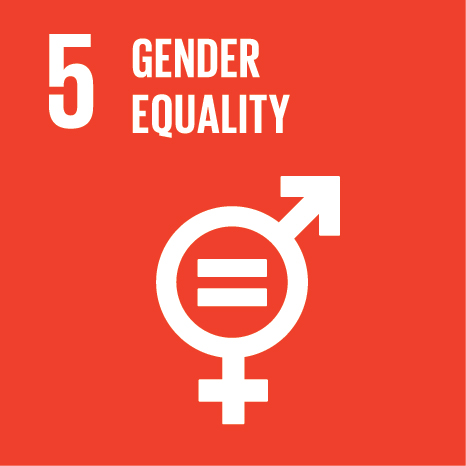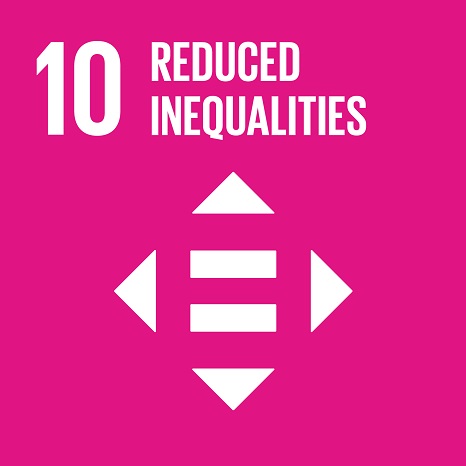The transformation of a community through culture and artistic practice in Torre neighbourhood, metropolitan area of Lisbon
Event Title
ESA RN27 Midterm Conference Territories, Communities and Sustainability: views from Southern Europe
Year (definitive publication)
2023
Language
English
Country
Portugal
More Information
Web of Science®
This publication is not indexed in Web of Science®
Scopus
This publication is not indexed in Scopus
Google Scholar
This publication is not indexed in Overton
Abstract
The Torre neighbourhood, located in the municipality of Cascais, about 30 km from the centre of Lisbon, emerged in the 1960s as social housing project primarily for fishermen. Since then, it witnessed the emergence of self-built houses around, mainly constructed by Black people of Cape Verdean origin, which underwent various processes of demolition and rehousing. Today it is a lower-class, nationally and racially diverse community including white, Black and Roma people, as well as Brazilian immigrants. If initially it was located in an isolated area, Torre neighbourhood is now inside of one of the “noblest” areas of the Metropolitan area of Lisbon. Integrated into the urban structure of Cascais municipality, situated by the sea and known for its hotels and wealthy neighbourhoods, Torre's is undergoing a transformation process. In recent years, the neighbourhood has received special attention from municipal and state authorities, who seem to be trying to change the face of a poor and marginalized community through greater public investment. On the other hand, the neighbourhood suffers from an intense gentrification process that prevents new generations from staying there. Despite its former reputation as a marginal and violent area, Torre has seen a remarkable change both internally and in its outside image. With a strong associative dynamic, this community has been a place where artistic and creative practices have been boosted by young people through local public policies. In recent months, we have followed the development of a youth project, a community party, street art tours, and an urban art festival organized mainly by the young people of the neighbourhood. These activities arise as playfulness and multicultural experiences of opening up the community to local white middle-class visitors and tourists. Through an initial ethnographic exploration within the framework of the Pericreativity project, this presentation aims to delve into the concepts of periphery, segregation, youth and public policies concerning marginalised neighbourhoods. Our intention is also to engage in discussions about the specific challenges faced by communities like Torre, situated in a southern European country, in a territory heavily influenced by real estate and tourism pressures, where poor, racialised and peripheral young people continue to be understood as "at-risk" subjects.
Acknowledgements
This communication was carried out with the support of the Portuguese Government,
through the PERICREATIVIDADE project (2022.08993.PTDC), funded by FCT, and
DL57/2016, Lei 57/2017.
Keywords
Segregation,youth,cultural and artistic practices,Lisbon metropolitan area
Fields of Science and Technology Classification
- Sociology - Social Sciences
- Anthropology - Social Sciences
Funding Records
| Funding Reference | Funding Entity |
|---|---|
| Pericreativity (2022.08993.PTDC) | Fundação para a Ciência e a Tecnologia (FCT) |
Contributions to the Sustainable Development Goals of the United Nations
With the objective to increase the research activity directed towards the achievement of the United Nations 2030 Sustainable Development Goals, the possibility of associating scientific publications with the Sustainable Development Goals is now available in Ciência_Iscte. These are the Sustainable Development Goals identified by the author(s) for this publication. For more detailed information on the Sustainable Development Goals, click here.

 Português
Português




